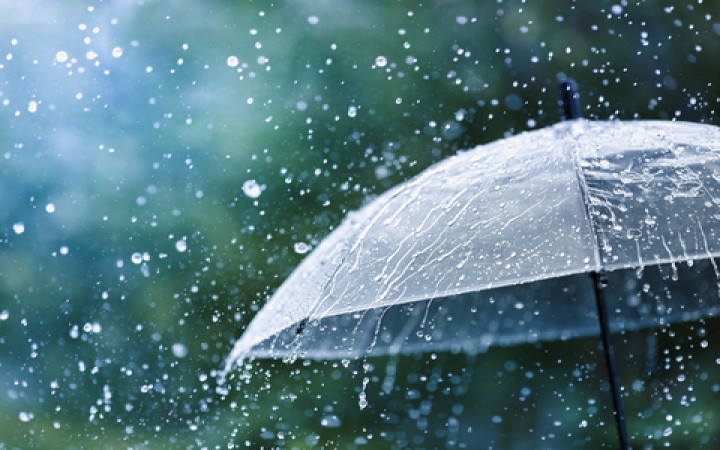Today’s Wonder of the Day was inspired by Penny. Penny Wonders, “Is acid rain dangerous?” Thanks for WONDERing with us, Penny!
You may be someone who cares a lot about the environment. Everyone can make positive changes like using less plastic, recycling, and saving water. Some problems are bigger than just a few people can solve. These issues require global policies and industry regulation. Let’s look together at one big issue that has improved because of worldwide changes—acid rain.
Acid rain sounds scary. Is there acid pouring on us when we play outside in the rain? Not exactly. We measure acidity on the pH scale. A measure of seven is the baseline. Anything below seven is acidic. Anything above seven is alkaline, which is also known as basic. Rain we consider “clean” has a 5.6 pH. Rain in the northern hemisphere currently measures between four and seven.
People have noted acid rain for over 150 years. Scottish scientist Robert Angus Smith was the first to note higher than expected levels of acid in rain. He studied acid rain levels in Europe in the 1850s. Many parts of the world were seeing growth in industries. Smith tested the relationship between man-made pollution and acid rain.
Some things in nature can cause acid rain. Volcano eruptions contribute. The largest problems are man-made. Factories and power stations that burn coal are the biggest offenders. Car emissions continue to be a problem. They produce gasses like nitrogen oxides and sulfur dioxides. These gasses form sulfuric and nitric acids when they combine with the water in clouds.
The technical term for acid rain is acid deposition. During deposition, acid moves from the atmosphere to the surface of Earth. All forms of precipitation can be acidic: rain, sleet, snow, hail, drizzle, and fog. Acid can also move by dry particles and gasses. These can be hard to see. The acid problem can spread because the wind can carry clouds for hundreds of miles before they release the rain.
So how much of a problem is acid rain? Is it dangerous? In the 1970s, the effects of acid rain were obvious. Lakes around the world turned crystal clear. What appeared beautiful was a sign that all life in the lake was gone. Large numbers of fish were dying. People around the globe discovered deformed fish and aquatic animals. Forests had increasing numbers of dead and dying trees.
Acid rain affects trees, plants, and animals. Their environs also suffer. Food chains get disturbed. Soil that soaks up the rain releases toxic matter. Plants, animals, and water supplies all show negative effects.
What about humans? Is acid rain a problem for us? Acid rain has indirectly affected human health. The dry deposition of pollutants can make asthma, bronchitis, and other heart and lung issues worse. Drinking water supplies can be hard to treat effectively if they are too acidic or too base. Acid rain damages food crops, too.
While not associated directly with health, we blame acid rain for speeding up normal weathering effects. Sculptures exposed to weather elements will wear down. With acid rain, stone artworks and monuments have broken down more quickly. Buildings built with limestone or marble show signs of more rapid decline.
Beginning in the 1980s, people passed policies to clean up acid rain pollution. Through efforts around the world, countries succeeded in lowering emissions that cause acid rain. Scientists say some rain in the US is half as acidic as it was in the 1980s. Scientists continue to monitor acid rain. Farming is a concern for acid rain now. The natural world is showing signs of recovery.
What effect could you have on keeping acid rain under control? What are you already doing that is helping change the environment?
Standards: CCRA.R.1, CCRA.R.2, CCRA.R.8, CCRA.R.10, CCRA.L.3, CCRA.L.4, CCRA.L.5, CCRA.L.6, CCRA.W.1, CCRA.W.6 , ESS1-2




